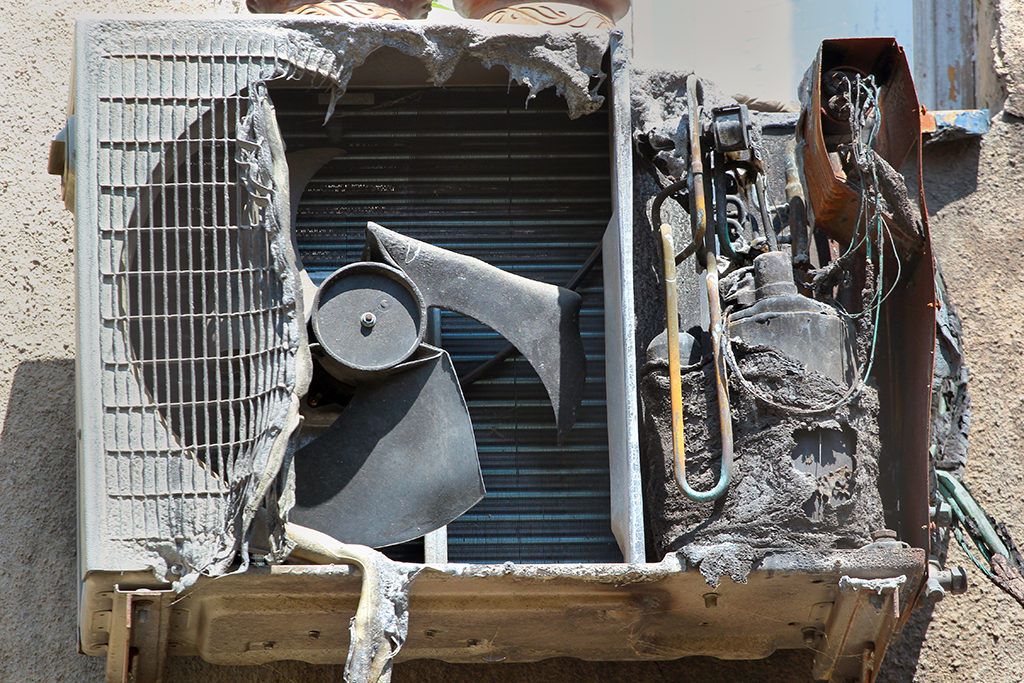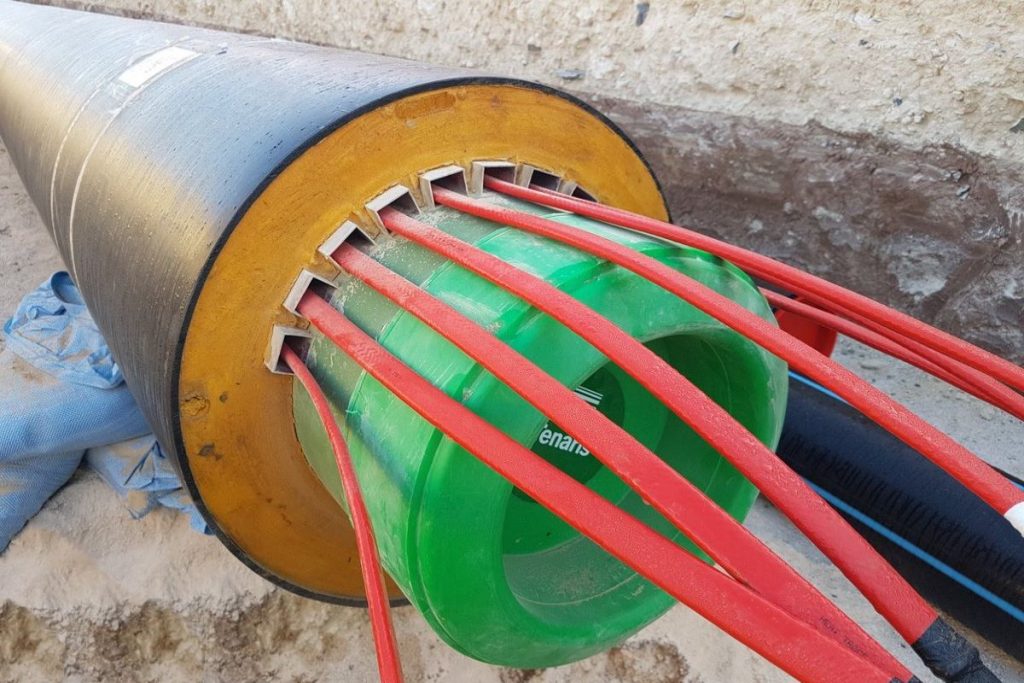Table of Contents
Does the cost of your energy bill send a shiver down your spine every month?
If you’re nodding your head, you’re not alone in your worry. In fact, the average homeowner spends approximately seven percent of their income on energy bills. When we consider this monthly cost in addition to mortgage payments and utility payments, it’s easy to see how these numbers can become overwhelming.
The good news is there are simple and straightforward ways to help cut down your energy bill. From installing programmable thermostats to making the transition to LED light bulbs, these small changes are bound to help save money.
If you want to learn how to lower energy bill rates, you’re going to want to read this. We’re uncovering six creative solutions for how to lower energy bills. In turn, you can feel good knowing that you’re also minimizing your carbon footprint.
Let’s get started!
1. Understand Your Energy Bill
First things first, it’s crucial to know where exactly your energy is being used.
Far too often, we pay our energy bills without first understanding where our energy is being used the most. So, what can we do about this?
You can learn more about your energy usage by reading your energy bill in detail. Usually at the bottom, your bill will provide detailing as to where your energy is being utilized. Once you’re able to visualize your energy sources, you can better grasp how to minimize this usage.
Let’s consider a monthly energy bill in which most of the energy being used is with various small appliances. Now that you’re aware of where the energy is being used, you can begin to unplug small appliances like toasters and blenders when not in use. This removes the “phantom energy” that’s being recorded even when your appliances are not in use.
2. Install a Programmable Thermostat
We’ve all rushed to work on a busy morning only to remember that we left the air conditioning on.
With thanks to the progression of technology, programmable thermostats allow us to program our home from near and from afar. This means that you have the ability to control the interior of your home from anywhere.
Once you leave the home, be sure to turn your heating or air conditioning on low. You can also program the thermostat to track your patterns and adjust the temperatures. This means no longer using precious energy when unnecessary.
3. Seal All Windows and Doors
Let’s be honest, heating and cooling an entire house requires a lot of energy and therefore is very costly.
That being said, it’s crucial to ensure that all of your windows and doors are properly sealed. If not, precious cool or warm air will escape and your home will have to produce more and more energy to maintain the desired temperature.
If you have caulking laying around the house, you can easily do this yourself. It’s time to make sure that you don’t have money leaking through the cracks in your home!
You’ll also want to ensure that all of your floor registers are functioning correctly. If your interior requires new and updated registers, check out these residential floor registers.
4. Use Energy at Night
Did you know that it typically costs more to use your appliances during the day?
That’s right if you transition into doing your chores at night, you’re bound to save money. This means doing your washing, running your dishwasher and drying your clothes after peak hours.
However, do ensure that your state doesn’t abide by “flat rates”. In locations with flat rates, energy costs are the same at all points throughout the day and night. While this isn’t common, it is present in some states.
5. Replace All Lightbulbs with LED
Transitioning the bulbs in your home to LED is likely the most simple yet effective change that you can make to your home.
Not only are LED bulbs better for the environment, but they’re also bound to save you a serious amount of money. The good news is that LED bulbs are so readily available today and in many different lighting forms.
Another benefit of LED lighting is that the bulbs last significantly longer than regular bulbs. In fact, LED lighting is reported to last anywhere from 12-22 years with common usage. This means that you’re having to purchase and install new bulbs far less often than with regular bulbs!
6. Install Solar Panels
Last but not least, installing solar panels is one of the most significant means of lowering your energy bill.
As of right now, solar energy accounts for only 1.6 percent of the total U.S. electricity generation. However, this number is continuing to grow rapidly as more people become aware of the many benefits of solar power.
Of course, there’s no denying that this is a significant initial investment. Some states will offer incentives to buyers to install solar panels and you can look forward to saving money each and every month. Do yourself a favor and look into what kind of rebate or buyer incentive that your state or municipality offers!
How to Lower Energy Bill Rates
For homeowners and business owners alike, there’s one thing for certain that we can agree on: We’re all looking to save money on our energy bill.
Of course, learning how to lower energy bills is significantly beneficial to our wallets. And, while we’re saving money each and every month, we’re also lessening our carbon footprint. It’s safe to say that this is a win-win scenario.
The good news is that finding ways to lower energy bill rates can be as simple as using a programmable thermostat and simply understanding where your energy is being utilized. However, you can also take more significant steps such as installing solar panels to your home or your business.
Whether you’re looking to take small steps or large steps, every move matters when it comes to your energy bill. In reducing our energy bill, we’re helping to save the planet and keeping more money in our bank accounts.
Be sure to keep browsing our website for more tips and tricks on homeownership!








